CORRECTING A FLEXIBLE PEDIATRIC FLAT FOOT TO AVOID ADULT BUNIONS, HAMMERTOES, HEEL PAIN AND ARTHRITIS
Posted September 02, 2015 in Flat Foot
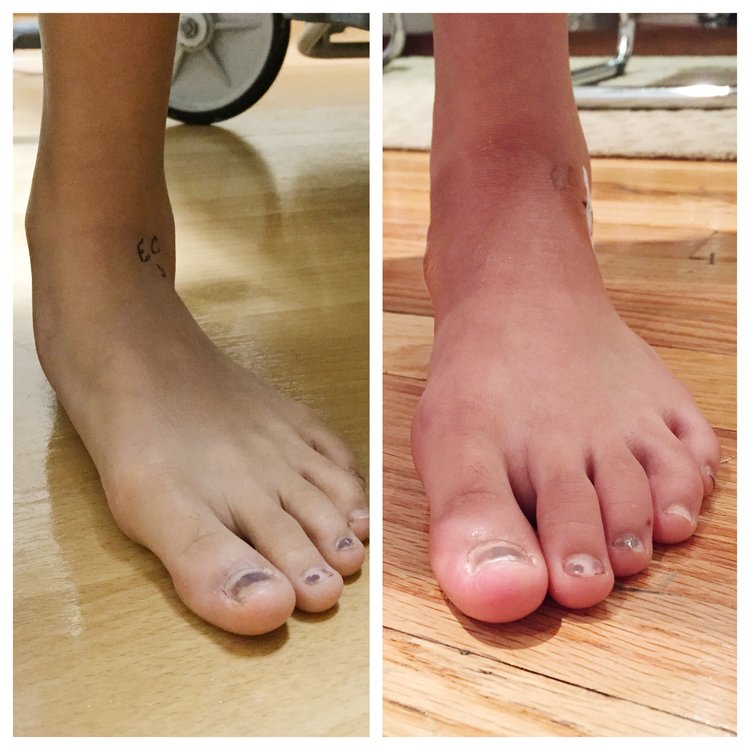
Flat feet are relatively common and, for most people, they don’t cause pain until well into adulthood. However, the complications associated with uncompensated flat feet can be quite severe, leading to painful bunions, hammertoes, arthritis, knee pain and low back pain. There are many effective treatments for a pediatric flat foot that, when addressed in childhood, enable at-risk children to grow up and avoid the painful (and often debilitating) consequences of ignoring this serious issue in their youth. While orthotics remain the mainstay of treatment for the symptomatic flat foot in adults, there is much disagreement as to whether this is the most effective treatment available for children. In my practice, I find that children with a mildly flat foot in their pre-teen to teenage years will often do just fine with a pair of custom molded orthotics. This is particularly true of children experiencing knee, hip or low back pain as well as overweight and obese children. However, there are some children who have inherited a severely flat foot, causing “tired feet” as well as early onset bunions and hammertoes. In these patients, something more definitive and corrective is warranted. Though we are talking about surgery, what I’m going to discuss with you is a simple, outpatient procedure, done via a minimal incision and with little to no down time.
The procedure of choice in these children is something called a subtalar joint arthroereisis. This procedure, originally described in the early 1940’s, was noted to be an effective treatment for the still-growing flat foot. In this minimally invasive procedure, a small incision is made on the outer upper edge of the foot just below the ankle. An implant is placed into the subtalar joint, the joint below the ankle. While the ankle joint is responsible for up-and-down movement of the foot on the leg, the subtalar joint does the side-to-side movement that makes the foot flatter or higher-arched. By placing the appropriately sized implant into this joint, we allow for all of the normal range of motion while blocking the excessive pronation that causes the biomechanical chain of events that lead to a severe flattening of the foot.
This procedure, which usually takes just about 15-20 minutes, is done under local anesthesia with mild sedation to keep the child relaxed and still. There are typically just one or two sutures used, though sometimes we can use Dermabond for a sutureless closure. This allows the child to shower and get the foot wet immediately after surgery. We have the child use crutches for the first few days to take the pressure off the foot while they adjust to the new sensation of pressure beneath the ankle. Most patients are able to start bearing weight on that foot within the first 7 to 10 days and the majority are able to walk without crutches and resume normal activities within 2 to 4 weeks after surgery.
The only downside to this procedure is that, in about 5-10% of cases, the child can have difficulty tolerating the implant. In these instances, the implant is easily removed and the procedure is fully reversed, allowing the child to resume walking without crutches immediately after removing the implant. In my experience, the cases of failure to tolerate an implant are more about the child not being properly screened pre-operatively to determine if he or she is an appropriate candidate for this procedure.
Case Presentation
Below are before and after photos of a healthy 11 year old girl who came to me with her mother with a complaint that her feet were extremely flat and that she was beginning to develop a bunion. Her mother explained that flat feet ran in both sides of their family and the she (the mother) had undergone a long recovery from a bunionectomy as an adult and she was hoping to spare her daughter the same experience. As you can see in the before photos (below, left), this girl’s foot was extremely flat. When viewed from behind, you can see how her heel inverts because of the inwardly collapsing rearfoot and arch. Note (on the right) how this is corrected post-operatively.
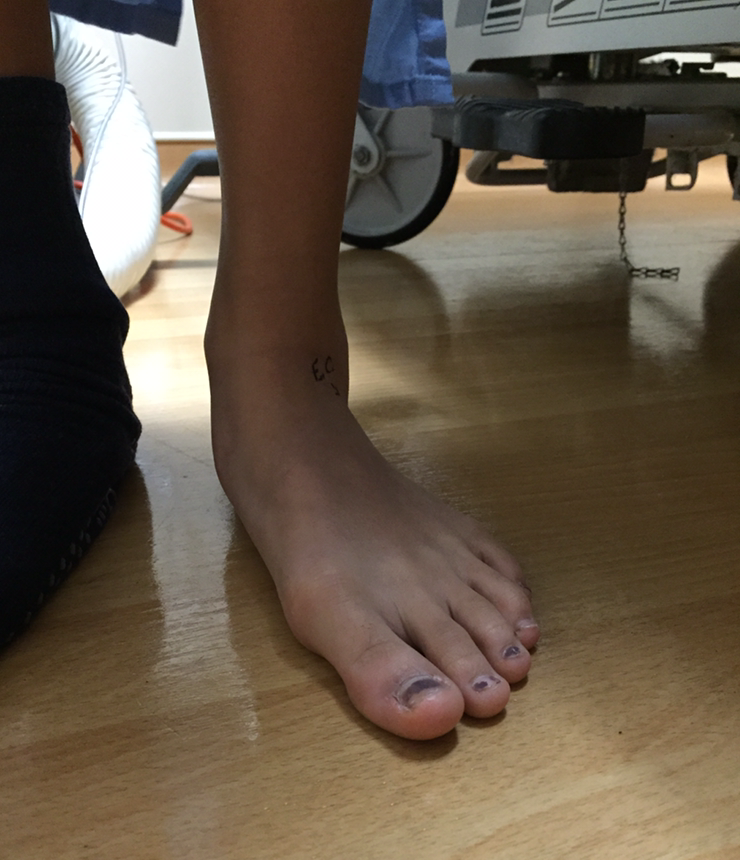
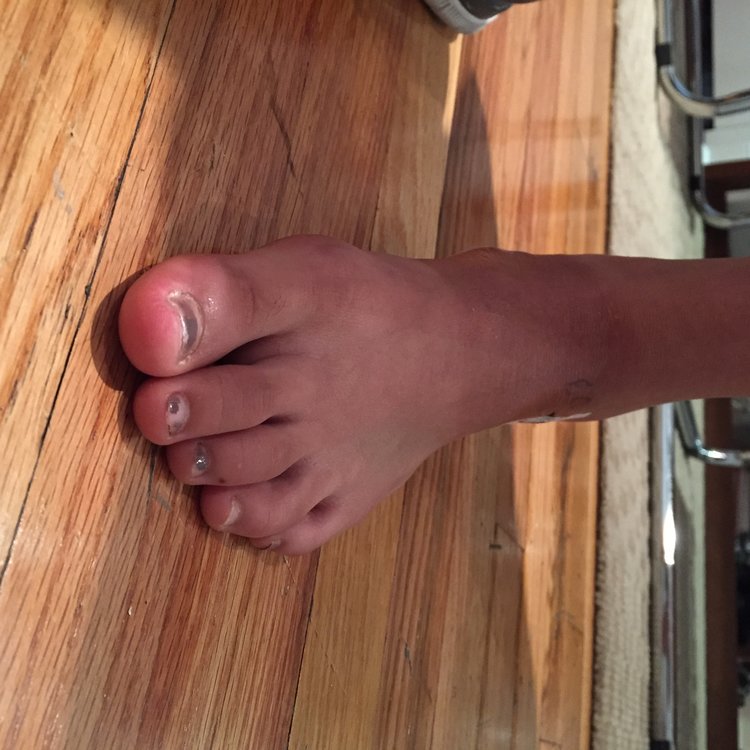
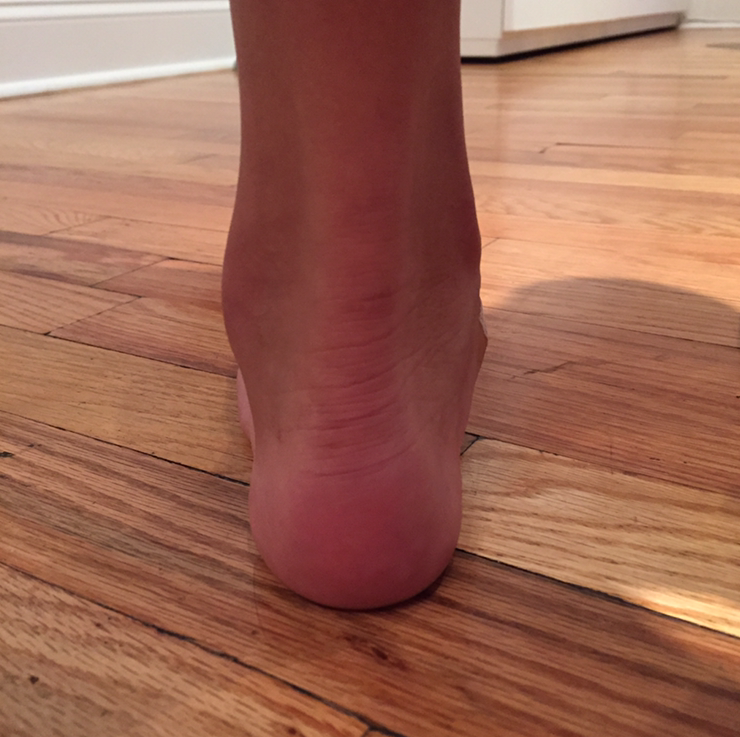
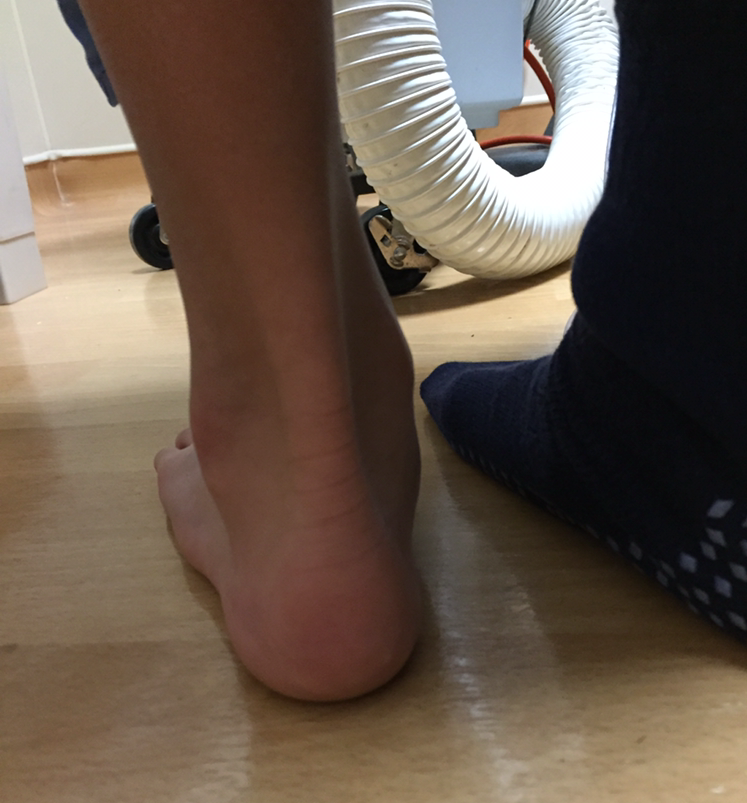
A subtalar joint arthroereisis is not only for children. I have done this in adults whose forefoot is flexible. Though the incidence of implant intolerance is higher in the adult population than in young children, it is still an overwhelmingly successful procedure with minimal down time and recoery. Below is the before and after photos of a 30 year old overweight man who worked on his feet in customer service. He related a lifelong history of painful flat feet which kept him from being as active as he would like to have been. Note the correction obtained, immediately after the procedure (right). As with this procedure in children, the removal of the implant, if necessary, is very simple and the patient can return to normal weight bearing immediately after the surgery.
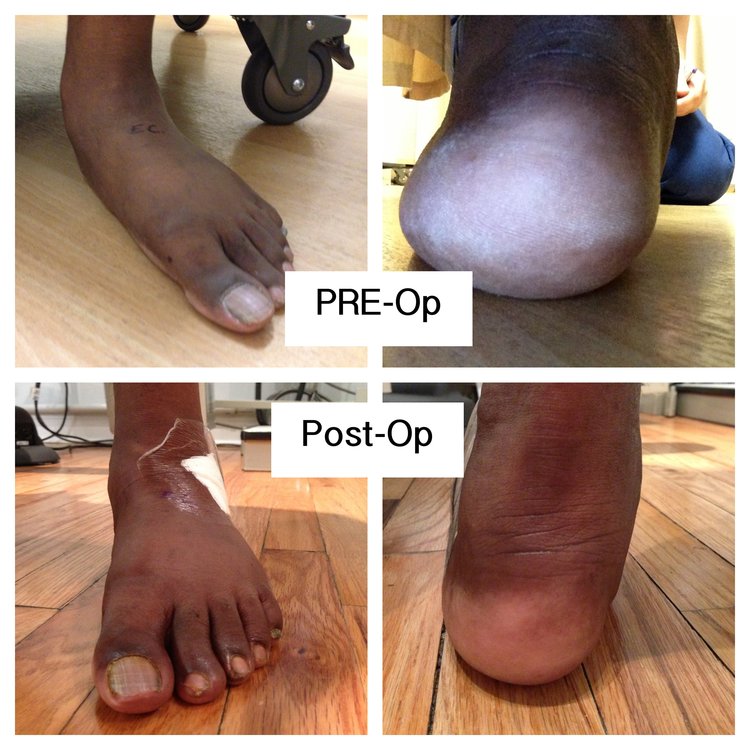
In the 21st century, there really is no reason for a child to grow up with a flat foot and suffer it’s consequences into adulthood. While we all are familiar with painful bunions, hammertoes, plantar fasciitis/heel pain and osteoarthritis, many of us don’t realize that the groundwork for these painful and limiting deformities are set in childhood when a flat foot isn’t addressed. While many pediatricians are still woefully ignorant of the safety and efficacy of this simple procedure, I’m encouraged to see more pediatricians coming to embrace the critical role they play in referring these young patients early enough for us to be able intervene and make a difference while the child’s foot is still growing and maturing. Intervening at an earlier age allows for the implant to help restore and maintain the normal arch of the foot while the child continues to grow until skeletal maturity. Doing this ensures that the child has the best chance possible to avoid the painful and very limiting effects of an uncompensated flat foot.
If you or someone you know is suffering from the effects of a painful flat foot, please feel free to refer them to our office. You can call at: (646) 929-4149
All photographs are printed with permission of patient and/or their legal guardian.
